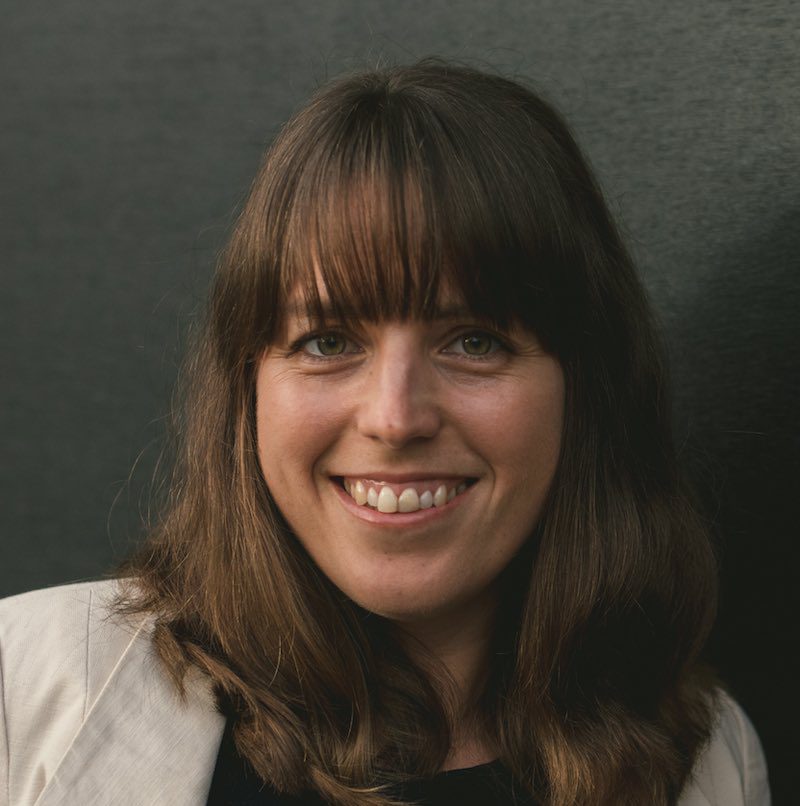Industrial gas company Coregas has installed a hydrogen refuelling station for heavy trucks in Port Kembla to fuel up to 10 trucks per day.
The company says it will be the first heavy vehicle hydrogen refuelling station in Australia, and is operational now for the one fuel cell truck currently operating in the area.
The station is on the Bluescope Steel corner of the port and is available for Coregas’ future fuel cell vehicles to fill up and any company which signs up to be a partner.
The $2 million refuelling station was partly funded with a $500,000 grant from the New South Wales government.
“Locating H2Station alongside Coregas’ existing hydrogen production plant and transport hub for bulk hydrogen in Port Kembla created operational and cost efficiencies,” Coregas executive general manager Alan Watkins said in a statement.
“The H2Station will allow hydrogen trucks to access the majority of the Illawarra-Shoalhaven region and reach metropolitan Sydney.”
Part of the goal is to use the company’s own gas to fuel its truck fleet, which collectively travels 6 million kilometres each year, Watkins says.
The company will start to switch its fleet from diesel to Hyzon Motors trucks this year, for which it has an order in for two.
Grey hydrogen
The hydrogen in the station is currently ‘grey’, meaning it’s made from fossil gases, and greened-up using biomethane offsets, when these become available.
Grey hydrogen can reduce truck and bus emissions by 15 per cent to 33 per cent compared to diesel, according to a white paper by the International Council on Clean Transportation this year.
The company says that from the second half of 2023, bio-methane will be captured from wastewater treatment plants, landfill, and agriculture to produce green hydrogen which will be used in the station.
Gas from the existing Coregas plant is compressed up to 500bar, enabling supply into the 350bar fuel cells in a 15-20 minute time frame.
Although a number of miners, led by BHP and Fortescue Metals, are shifting to electric vehicles over fuel cells, NSW regional minister Tara Moriarty said the Port Kembla project would demonstrate the feasibility of using hydrogen-powered heavy vehicles more broadly in regional NSW.
A Coregas spokesperson told RenewEconomy the company is moving to fuel cells over electric for the range, and ease and speed of refuelling using traditional infrastructure. The company says transitioning its fleet to fuel cell vehicles “is a cornerstone of the company’s decarbonisation roadmap.”
Decarbonisation division
Trucks and buses accounted for about 4 per cent of Australia’s total emissions in 2020, or 19.7 million tonnes, says the Climate Change Authority.
But decarbonisation efforts in this sector are already split between electric and fuel cell.
Already heavy vehicle users like those miners are realising the efficiency problems of current fuel cell technology, which creates fuel-to-wheel loses of 70 per cent — the same as for diesel — compared to losses of 20 per cent for an electric vehicle.
But for companies which already have the gas, such as Coregas, being able to refuel effectively “for free” and retain similar range to a diesel truck of around 650km offsets those disadvantages.
In Tasmania, two companies, Countrywide Hydrogen and Link Hydrogen, are duelling for market share by making their own green hydrogen and selling it to heavy truckers via either resellers or their own retail front.
Link expects to have its electrolyser running by the end of 2023 or early 2024, while Countrywide foresees a 2025 start date for its operation.
Save it for the most difficult
But experts are already saying green hydrogen should be reserved for applications that are very difficult to decarbonise and for which there are no other good options available, such as steelmaking and fertiliser production.
Other ideas such as blending it into gas networks are already beginning to fall over.
Canadian gas giant Atco scrapped plans in July for one of the first commercial scale green hydrogen projects in the country, in Western Australia, saying the cost of trucking the gas to pipelines was not feasible.

Rachel Williamson is a science and business journalist, who focuses on climate change-related health and environmental issues.

